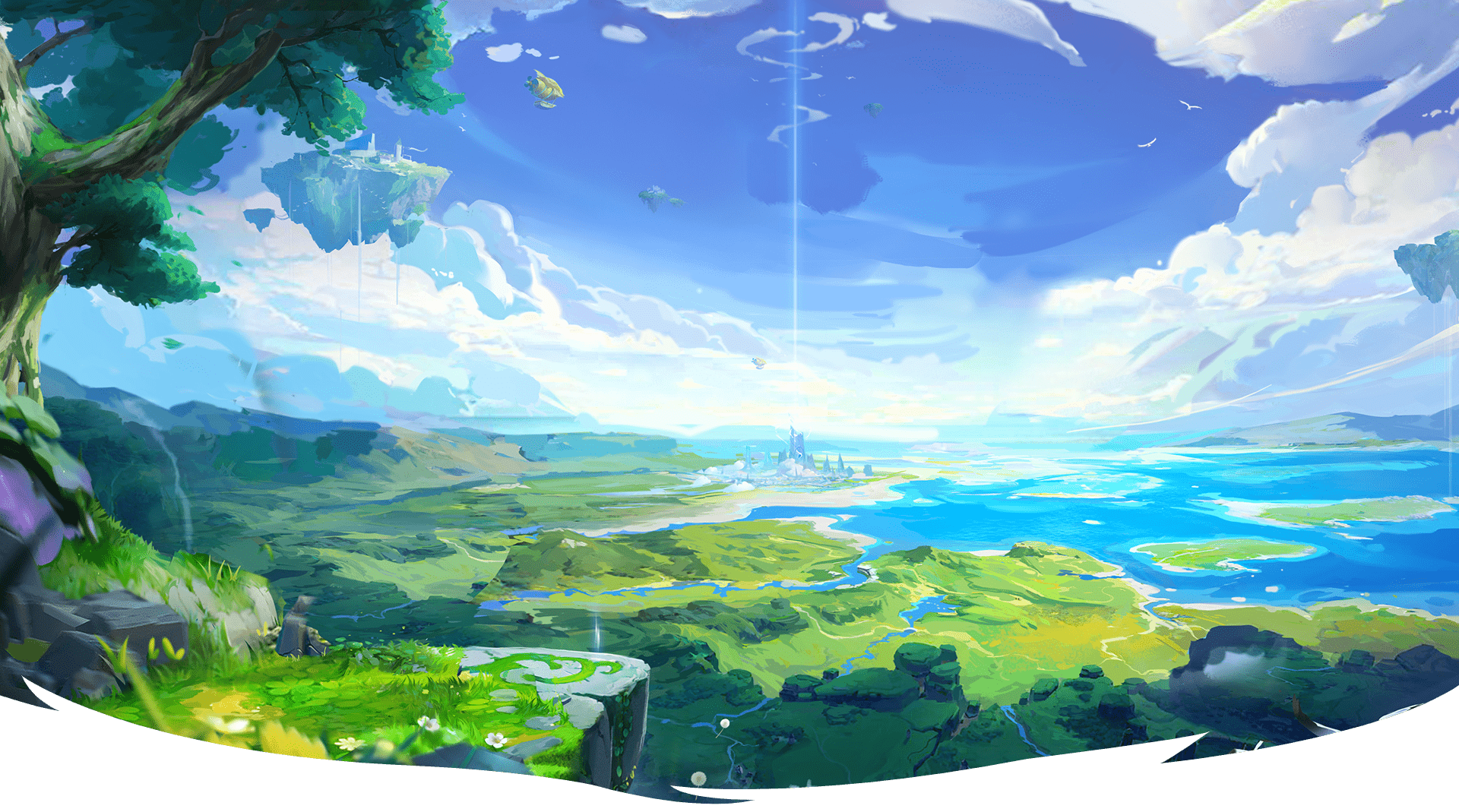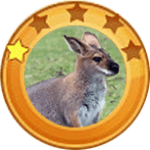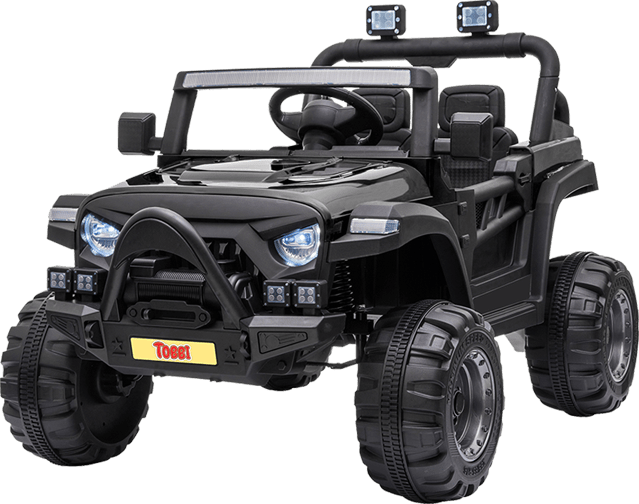- Home
- Shop
- Forest Series
- Grassland Series
- Desert Series
- Contact
- Home
- Shop
- Forest Series
- Grassland Series
- Desert Series
- Contact

Kangaroo Series





MANUAL CONTROL&REMOTE CONTROL
Certificated with ASTM-F963, this car supports both parent control and kids manual operation. Children can simply drive the car forward and backward via the foot pedal and the steering wheel, while parents can control the car and change 3 velocities by 2.4G remote controller.
HIGH-QUALITY CONSTRUCTION
Providing long-lasting strength and use, this SUV car uses expertly crafted durable plastic to withstand endless hours of play. This kids ride on is sturdy for long-term outdoor and indoor use (withstand the weight up to 66 LBS).
GREAT CHRISTMAS GIFT IDEA
With front&rear lights, realistic engine sounds, double doors and so many functions, Tobbi 12V kids ride-on car makes a perfect gift for birthdays, festivals and other gift-giving occasions. Both boys and girls will entertain themselves for hours.
FUN ENTERTAINMENT
It is a stylish car with volume-adjustable horn, easy start/stop button, truck and a handle for easily moving. Kids can also enjoy the radio or play their favorite music through connect device by USB port, TF card slot which brings a lot of fun when riding in the car. After 1-2 h, when the battery is low, the power display will remind you to charge the car.


CHARACTERISTICS
The Chipmunk is a member of the family Mammalia, Rodentia and Sciuridae. It is also known as the Striped Squirrel, the Timber Tiger and the Mini-bear. The body length among most Chipmunks ranges from 5.5 to 6.3 inches and the tail length is 5 Inches. Chipmunks typically weigh about 0.02 pounds and live about 5 to 10 years. They have small but prominent ears which face forwards, and small eyes on the sides of their heads. Most wild Chipmunks are lively.


Lorem ipsum dolor sit amet, consectetur adipiscing elit. Ut elit tellus, luctus nec ullamcorper mattis, pulvinar dapibus leo.


CHARACTERISTICS
The Red-Necked Wallaby is a medium-sized macropod marsupial, common in the more temperate and fertile parts of eastern Australia, including Tasmania. Its name is due to the reddish fur on its shoulders and nape. The rest of its body is tawny gray, except for its white chest and belly. Its tail is gray on top and white below. Its paws are gray, with black at the ends. Its muzzle is dark brown. The ears of these wallabies are longer than those of others of the kangaroo family.

RANGE AND HABITAT
Red-Necked Wallabies live in eastern Australia from New South Wales to the Queensland border area, through to South Australia, and in Tasmania. There is also a large introduced population in New Zealand, and small colonies in Scotland, England, Ireland, and France. Red-Necked Wallabies inhabit coastal scrub and sclerophyll forest with a shrub understorey and nearby open grassy areas.

DIET
Red-Necked Wallabies are herbivores and their diet consists of grasses, roots, tree leaves, and weeds.

BEHAVIOR
Habits and Lifestyle
Red-Necked Wallabies are mainly solitary but will gather together when there is an abundance of resources such as food, water or shelter. When they do gather in groups, they have a social hierarchy similar to other wallaby species. The males are aggressive towards each other and fight by “boxing” well after becoming fully mature. Grooming and play take place amongst individuals of a similar ranking. Red-Necked Wallabies are mainly nocturnal animals and spend most of the daytime resting. They cool off by licking their paws and forearms when they are nervously excited or in hot weather. They are not very vocal, tending to use actions and body language to communicate. They growl, chatter, and hiss if provoked.
Mating Habits
Red-Necked Wallabies are polyandrous (promiscuous) when two or more males mate with two or more females. The breeding season takes place from December until May, but in areas with better resources can occur year-round. Gestation lasts for 30 days and one young is born to each mating female. A newborn must crawl to its mother’s pouch, where it will nurse continually for about 7 months. The young are not very developed when born and they complete a large part of their growth in the pouch. At about 7 months old, they are large enough to stay out of the pouch for a short time. They are completely weaned at the age of 10-12 months. Females may stay in their birth range for life, but males leave when they are 2 years old. Females become reproductively mature at about 14 months of age and males at 19 months.
Population
There seem to be no big threats to this species. In Tasmania and New Zealand, however, these animals are sometimes killed under license due to being a pest of crops or pasture, and they are commercially harvested for meat.
The IUCN Red List and other sources do not provide the Red-Necked Wallaby total population size, but it appears to be stable. Currently, this species is classified as least concern (LC).

The Chipmunk is a member of the family Mammalia, Rodentia and Sciuridae. It is also known as the Striped Squirrel, the Timber Tiger and the Mini-bear. The body length among most Chipmunks ranges from 5.5 to 6.3 inches and the tail length is 5 inches. Chipmunks typically weigh about 0.02 pounds and live about 5 to 10 years. They have small but prominent ears which face forwards, small eyes on the sides of their heads. Most wild Chipmunks are lively.
The Red Squirrel, a member of the Sciuridae, is an arboreal, omnivorous rodent often referred to as a Forest Seeder and folklore as the Devil King Squirrel.
The Arizona Gray Squirrel, also known as the American Gray Squirrel, is a member of the family Rodentia and Sciuridae. It is small in size, with gray fur and a belly between white and cream. It has long ears, no tufts of fur and a fluffy tail edged in white. The body is about 16-20 inches long and weighs up to 1.4 pounds.
The Rock Squirrel, also known as Sao Maozi or Stone Mouse, belongs to the rodent and is a species in the family Sciuridae. The most common natural predators of the Rock Squirrel include bobcats, owls, eagles and snakes. Though the Rock Squirrel is cute, alert, and courageous, it is still considered a pest due to its habit of destroying crops.
The Abert’s Squirrel is a member of the genus Sciurus with a body length of 18-22.8 inches, a tail length of 7.5-9.8 inches and a weight of 2.2 pounds, and can live up to 10 years in the wild. Its most distinctive feature is tassels of fur about 0.8-1.2 inches long at the tip of its ears, which looks very interesting. In addition, it is alert and agile.

How the Kangaroo Got Her Pouch
Long ago the kangaroo was grooming her joey on the bank of a brook. They liked to listen to the water burble as the mama combed her baby’s fur. On this day, an old wombat staggered toward them.
“Oh dear,” the kangaroo whispered to her baby. “This wombat is old and sick. He must have great-great-grandchildren already.”
The mother kangaroo thought she heard the sound of weeping. As the wombat veered closer, she heard him say, “Useless and worthless, worthless and useless.”
“What’s the trouble, friend wombat?” she asked.
“Huh?” he said, startled. “Who said that?”
“I did,” said the kangaroo. “A kangaroo and her joey.”
“I’m blind,” the wombat replied. “Nobody wants me around. Nobody thinks about me. I’m no good any more. They’ve abandoned me, all of them.”
The kangaroo, who had a tender heart, said, “It’s not as bad as all that. I’ll be your friend. My joey and I will show you where the tastiest grass grows.” She let the wombat hold her tail. Then, slowly, she led him over to the juiciest grass and cleanest water. The old wombat sighed with pleasure. It made the kangaroo happy to see him feeling better.
Suddenly she remembered her joey! She had told him to stay close, but he had wandered off again. She raced back to look for him. So many times this had happened. She’d look for food, and when she looked up, he had wandered off. It scared her terribly.
She found her joey asleep under a gum tree. Not wanting to wake him from his nap, she decided to go back and check on the old wombat. Something was moving in the bush. An Aboriginal hunter, silently stalking the wombat! Already his boomerang was raised above his head, its smooth edges ready to slice the air. The kangaroo froze. She couldn’t even breathe. She wanted to run, but the wombat was like her joey—she had to protect him!
The kangaroo began to stomp on the branches and twigs under her feet. Thump, thump, crack, crack, she pounded the earth. The hunter turned toward her. “Run,” she screamed to the wombat, “Run, there’s a hunter.” The wombat took off crazily, not knowing where he was going. The hunter didn’t care. Now all he wanted was the kangaroo!
She hopped as hard and fast as she could into the bush, away, away from where she had left her joey asleep. Her heart thumped wildly in her throat as she ran for her life. At last she came to a cave. She was too tired to go farther, and collapsed on the dirt floor inside. At least he would have to kill her in the cool dark, not out in the open where other animals would be forced to watch.
The hunter ran past the mouth of the cave! The kangaroo stayed inside, listening for his return. She was afraid to go out. Finally, she saw him walk past the mouth of the cave again, his boomerang hanging from his hand. She waited until it was safe, then ran as fast as she could back to the gum tree. There was her joey, awake and ready to play. Together they went to look for the wombat, but he had gone.
What the kangaroo mother didn’t know was that the wombat wasn’t a wombat. He was actually the great god Byamee who had put on a disguise. Byamee had descended from the sky world to find out which of his creatures had the kindest heart. Now he had an answer that pleased him greatly: the kangaroo. Byamee wanted to give her the gift that would help her most of all. So he called the sky spirits together and said, “Go down below to where the eucalyptus grow tall. Peel the long strips of bark and make a dilly bag apron. Give it to the kangaroo mother and explain that she must tie it around her waist.”
And so they did. At the very moment the kangaroo mother tied the apron around her waist, Byamee transformed it into soft kangaroo fur. It grew into her own flesh. Now she had a pouch in which to carry her baby joey. He could even sleep in there as she went about her daily tasks.
The kangaroo mother was very happy with her gift. But because she was the kindest creature of all, she didn’t want to keep it only for herself. She thought about the other kangaroo mothers and about the wallaby mothers and the kangaroo rats and all the other marsupials.
Byamee loved the kangaroo’s generous heart. So he decided to make pouches for all the other marsupial mothers. Ever since then, their babies almost never get lost.



Follow Us: